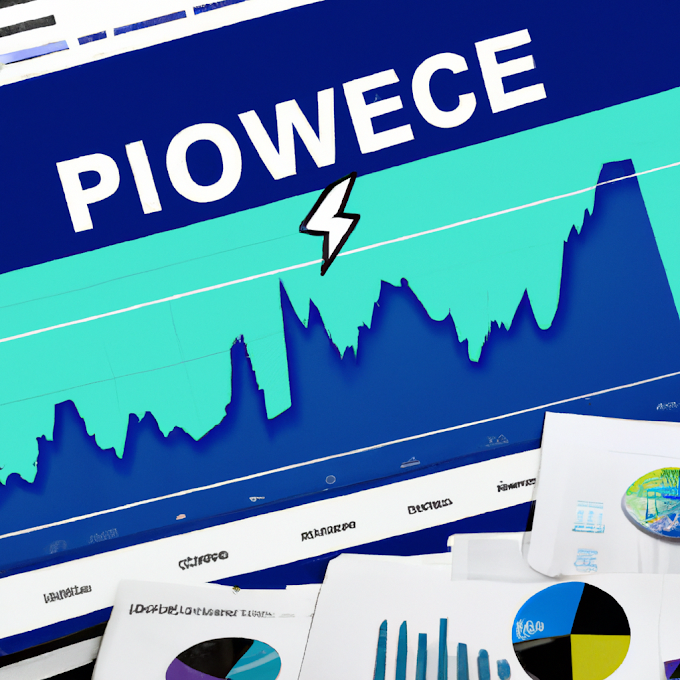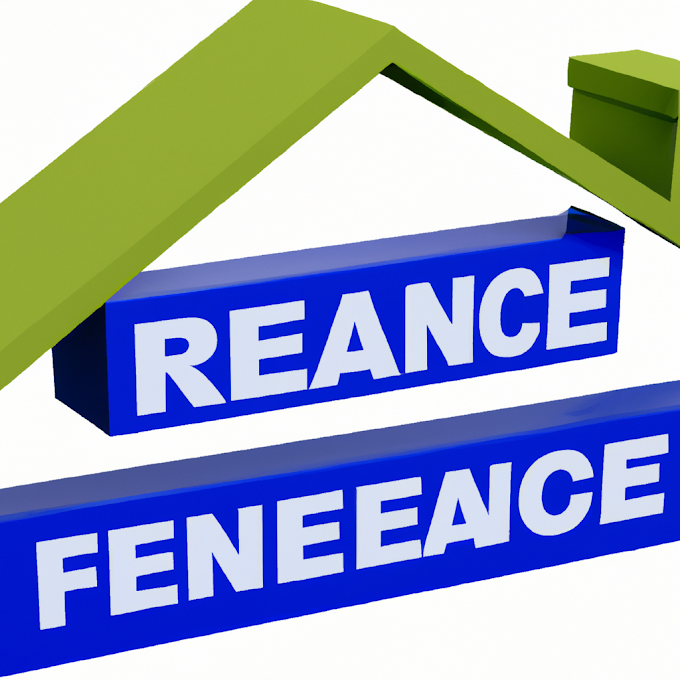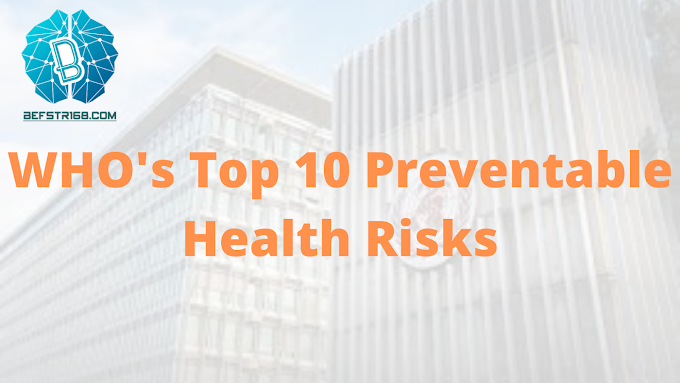FedLoan is a government service that helps student loan borrowers pay back their loans. It's different from other repayment plans because you don't have to apply for it - you just apply for your other options, and if you qualify for FedLoan, they inform you of your acceptance.
The Federal Direct Loans program is one of the most popular ways to finance a college education. While there are many different loans available, this article will focus on the Federal Direct Loan program and what it entails, who qualifies for it, and how to apply for one.
What is the FedLoan?
The Federal Direct Consolidation Loan program is managed by the U.S. Department of Education's Federal Loan consolidation program. The program allows you to consolidate your eligible federal student loans into a single loan with a fixed interest rate based on the weighted average of your current interest rates. You may also extend your repayment term, which can lower your monthly payment amount.
The Federal Loan Program, or FedLoan, is a government-sponsored program that offers low-interest loans to qualified borrowers. The program is designed to help make college more affordable for students and families.
To qualify for a FedLoan, you must be a U.S.You must also be enrolled in an eligible degree program at an accredited college or university.
If you meet these basic requirements, you can apply for a FedLoan by completing the Free Application for Federal Student Aid (FAFSA). Once your application is submitted, the Department of Education will determine your eligibility and award amount based on your financial need.
You can use your FedLoan to cover the cost of tuition and other educational expenses, such as books and fees. If you have any questions about the program or how to apply, contact the Department of Education at 1-800-4-FEDAID (1-800-433-3243).
How to Qualify for the FedLoan
If you’re looking for information on how to qualify for the FedLoan, you’ve come to the right place. In this section, we’ll outline the steps you need to take in order to be eligible for this government-backed loan program.
The first step is to fill out a Free Application for Federal Student Aid (FAFSA). This form is used to determine your eligibility for federal financial aid, including loans. This document will outline your expected family contribution (EFC). The EFC is used to determine how much financial aid you’re eligible to receive.
If you want to apply for a FedLoan, you’ll need to complete the Master Promissory Note (MPN). This is a legally binding document that outlines the terms and conditions of the loan.
You can complete the MPN online or by mail. If you complete it online, you’ll need to sign in with your Federal Student Aid ID (FSA ID). If you complete it by mail, you can find the address on the MPN form.
Once you’ve completed the MPN, your loan will be processed and the funds will be disbursed to your school. You’ll then need to start making payments on your loan.
Pros and Cons of the FedLoan
There are both pros and cons to taking out a FedLoan. On the plus side, FedLoans offer competitive interest rates and flexible repayment options. Additionally, FedLoans are available to a wider range of borrowers than private loans. On the downside, however, FedLoans may not be dischargeable in bankruptcy and they may have higher origination fees than private loans.
When considering whether or not to take out a FedLoan, it's important to weigh the pros and cons carefully. For some borrowers, the benefits of a FedLoan will outweigh the drawbacks. For others, a private loan may be a better option. Ultimately, the best decision will vary depending on each borrower's individual circumstances.
Pros:
- The Federal Loan Servicing Organization is the largest provider of loans and loan servicing in the United States. They service over $1 trillion in student loans.
- They offer many different repayment plans to choose from including income-based repayment plans and extended repayment plans.
- They also offer forbearance and deferment options for those who may need it.
- There are no prepayment penalties.
Cons:
- The customer service has been known to be very poor. There have been reports of long wait times, lost paperwork, and miscommunication.
- FedLoan has been known to make mistakes on borrower accounts which can lead to overpayments or late fees.
Alternatives to the FedLoan
There are a few alternatives to the FedLoan program that offer similar benefits. The first is the William D. Ford Federal Direct Loan Program, which is administered by the Department of Education. Like the FedLoan program, this one offers fixed interest rates and repayment options that include income-based repayment and deferment or forbearance for financial hardship.
Another alternative is the Federal Perkins Loan Program, which is administered by individual schools rather than the federal government. This program offers low-interest loans to students with exceptional financial need.
Finally, there are private student loans available from banks and other lenders. These loans typically have higher interest rates than federal loans, but they may offer more flexible repayment terms.







.png)
